What is a quick connect for a generator?
In the world of power generation, efficiency and reliability are paramount. Whether for emergency backup, construction sites, or prime power applications, the ability to rapidly and safely connect a generator to a load can significantly impact operational continuity. This is where the generator quick connection proves invaluable. A generator quick connection is a specialized coupling system that enables tool-free linking of a generator to electrical loads, fuel lines, or control systems. Unlike traditional connection methods that require manual wiring and threading, these innovative devices provide a secure, leak-proof, and instantaneous interface that dramatically reduces setup time while enhancing safety. Understanding the function and benefits of a proper generator quick connection is essential for anyone looking to optimize their power generation system's performance and reliability.
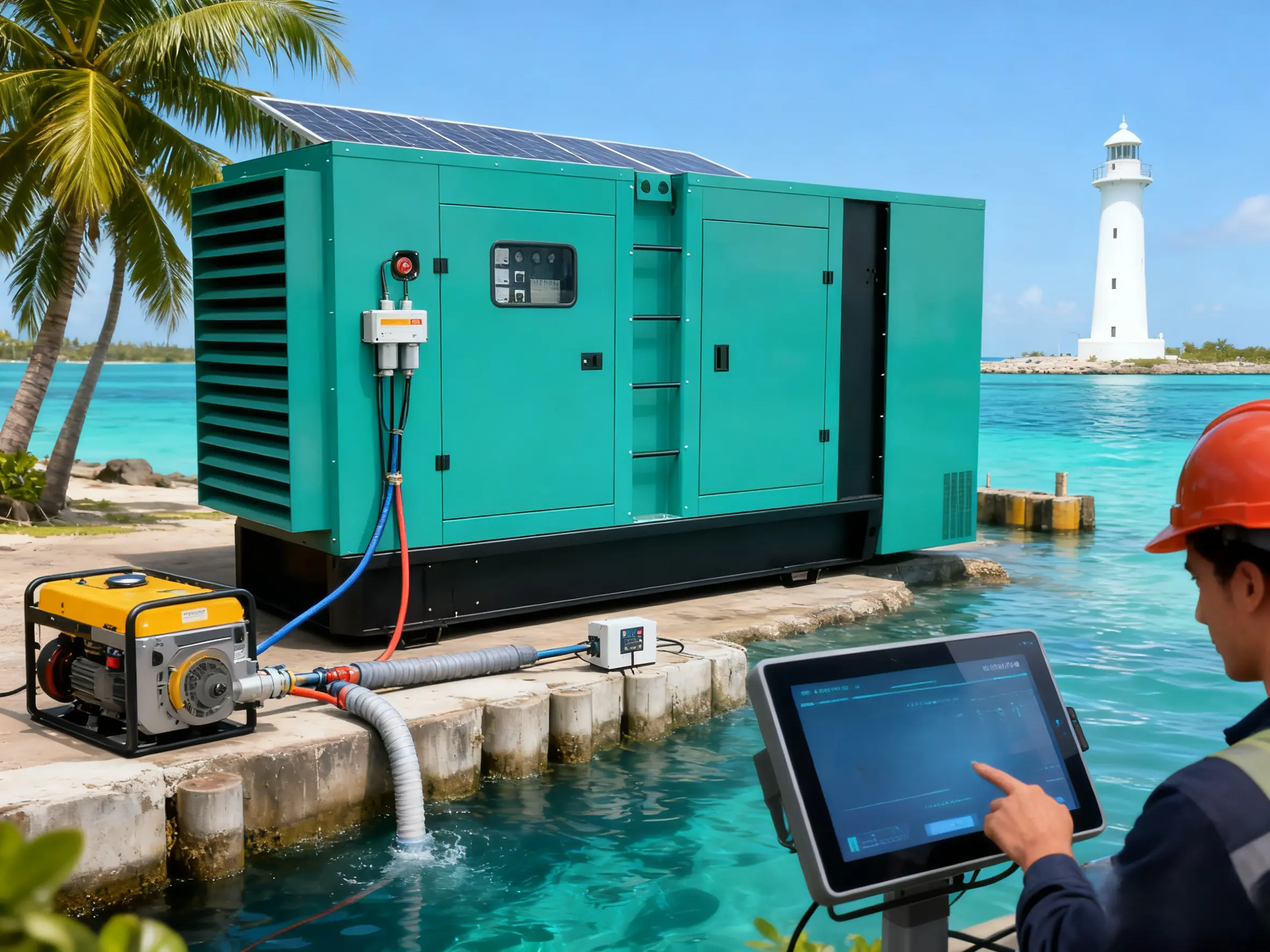
Core Function and Purpose
A generator quick connection serves as a critical interface point designed to streamline the integration of generators into various systems. Its primary purpose is to eliminate time-consuming and potentially error-prone connection processes.
Instantaneous Engagement: These systems allow for virtually immediate connection and disconnection of generator components through simple push-to-connect or minimal-turn locking mechanisms.
Multiple Application Support: Quick connects serve diverse functions including electrical power transfer, fuel line connections, control signal transmission, and data communication.
Emergency Response Enhancement: Particularly valuable for emergency generators, these connections enable rapid deployment when power outages occur, significantly reducing downtime compared to traditional connection methods.
The fundamental advantage of any generator quick connection lies in its ability to transform a complex technical procedure into a simple, foolproof operation that requires minimal training to execute properly.
Primary Applications and Use Cases
Generator quick connections serve critical functions across multiple aspects of power generation systems:
Electrical Power Transmission: High-amperage quick connectors facilitate rapid connection between generator outputs and distribution panels, transfer switches, or temporary power systems. These specialized connectors can handle substantial electrical loads, with some designs rated for up to 800 amps.
Fuel System Connections: Quick connects enable fast, leak-free attachment of fuel lines to generators, whether for diesel, natural gas, or other fuel sources. This proves especially valuable during generator maintenance or when replacing units.
Control and Monitoring Systems: Advanced generator systems utilize quick-connect interfaces for control signals, alarm systems, and data communication that monitor performance parameters.
Maintenance and Testing: Quick connects facilitate the attachment of testing equipment for performance verification, load banking, and diagnostic procedures without complex wiring or specialized tools.
Key Technical Advantages
Properly specified quick connection systems deliver significant operational benefits that extend far beyond mere convenience:
Time Efficiency: Traditional generator connection methods can require 20-30 minutes of skilled labor, while quick-connect systems reduce this to seconds or minutes. This dramatic time saving translates directly into cost reduction and faster power availability during emergencies.
Enhanced Safety: Modern quick connects incorporate safety features such as touch-proof contact designs (IP2X protection), positive locking mechanisms that prevent accidental disconnection, and color-coding that reduces connection errors.
Operational Reliability: High-quality quick connection systems maintain consistent performance through thousands of connect-disconnect cycles while providing superior environmental protection (up to IP67 ratings) against moisture, dust, and other contaminants.
Reduced Skill Requirements: Unlike traditional wiring that requires electrician-level expertise, many quick-connect systems can be safely operated by personnel with basic training, expanding deployment flexibility.
Connection Types and Varieties
The specific design of a generator quick connection varies significantly based on its intended application:
Electrical Connectors: These range from simple blade connectors for control circuits to heavy-duty, high-current connectors featuring specialized contact technologies that maximize current transfer while minimizing insertion force. Reverse bayonet coupling mechanisms provide secure mating with visual and tactile confirmation of proper engagement.
Fluid Handling Connectors: For fuel, coolant, and lubrication systems, quick connects incorporate self-sealing valves that automatically prevent leakage when disconnected. Materials are specifically selected for compatibility with the conveyed fluid and operating environment.
Multi-Pin Signal Connectors: These connectors combine power, signal, and data contacts within a single housing, simplifying the interface between generators and control systems while ensuring proper pin alignment and connection sequencing.
Selection Considerations
Choosing the appropriate quick connection system requires careful evaluation of several factors:
Electrical Parameters: For power connections, consider voltage rating (up to 600V DC for some models), current capacity (up to 800A), and frequency requirements.
Environmental Conditions: Select connectors with appropriate ingress protection ratings (IP codes) for the operating environment, considering factors like temperature range (some rated from -40°C to +125°C), exposure to moisture, chemicals, and UV radiation.
Durability Requirements: Evaluate the expected cycle life, with quality connectors rated for thousands of mating cycles, and mechanical robustness to withstand vibration, impact, and other physical stresses.
Compatibility and Standardization: Ensure selected connectors match existing equipment interfaces and comply with relevant industry standards to maintain system interoperability.
Installation and Maintenance Best Practices
Proper installation and care are essential for maximizing the service life and reliability of quick connection systems:
Correct Installation: Follow manufacturer specifications for cable preparation, contact termination (crimp vs. busbar), and proper seating of seals and locking mechanisms.
Routine Inspection: Regularly check for signs of wear, corrosion, pin retraction, seal deterioration, or damage to locking mechanisms.
Preventive Maintenance: Keep connections clean and free of debris, apply appropriate lubricants to seals and moving parts as recommended, and verify proper electrical contact resistance at scheduled intervals.
Proper Storage: When not in use, protect disconnected connectors with appropriate covers or caps to prevent contamination and damage.
Troubleshooting Common Issues
Even with proper maintenance, occasional issues may arise that require attention:
Connection Difficulties: If a connector won't mate properly, never force it. Instead, check for misalignment, damaged pins, obstructed seals, or foreign material in the connector interface.
Overheating Connections: Elevated temperatures at electrical quick connects typically indicate insufficient contact pressure, corrosion, or under-sizing for the applied current load.
Fluid Leakage: Leaks at fluid quick connects usually stem from damaged seals, improperly seated connections, or seal compatibility issues with the conveyed fluid.
Intermittent Operation: This often results from loose terminations, worn contacts, or broken wiring near the connector body that requires repair or replacement.
Conclusion
The implementation of a properly specified generator quick connection system represents a significant advancement in power generation management, offering unparalleled efficiency, safety, and reliability benefits. These innovative connection solutions transform complex technical procedures into simple, rapid operations that enhance generator performance across all application scenarios—from emergency backup systems to prime power applications. By understanding the various types, applications, and maintenance requirements of these connection systems, generator operators can ensure their power systems deliver maximum availability and performance when needed most.
Our technical team specializes in helping clients select and implement the ideal quick connection solutions for their specific generator models and operational requirements. For professional guidance on optimizing your generator connections, contact our experts at skala@whjlmech.com.
References
- Johnson, M. (2022). Emergency Power Systems: A Comprehensive Guide to High-Speed Diesel Generators. Power Engineering Quarterly, 45(3), 78-92.
- Baidu Baike. (2025). Quick Connector.
- EEPW. (2009). Connectors for Wind Power Ease Installation and Maintenance.
- CEJN. (2025). Avoiding Pressure Loss in Hydraulic Systems.
- Amphenol. (2025). VORTEX GT Power Connectors for Wind Energy Technologies.
- Equipment Maintenance Guide. (2025). Eddie EQL-08 Quick Connector Maintenance Guide.
- Resideo. (2025). Q313A1022/U Thermopile Generator Specifications.
- Wanfang Data. (2014). Generator Cable Quick Connection Connector.
- Einhell TC-PG 35/E5 Original Operating Instructions. (2021).
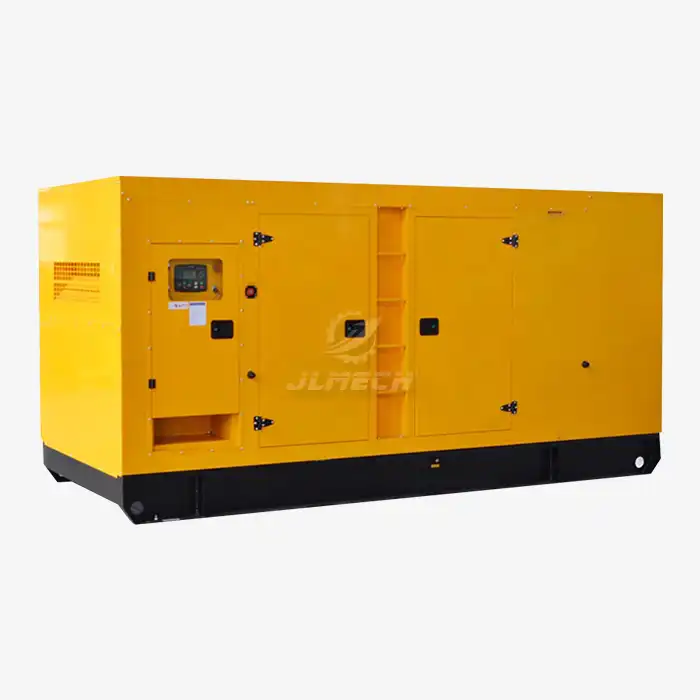 VIEW MORELow noise diesel set
VIEW MORELow noise diesel set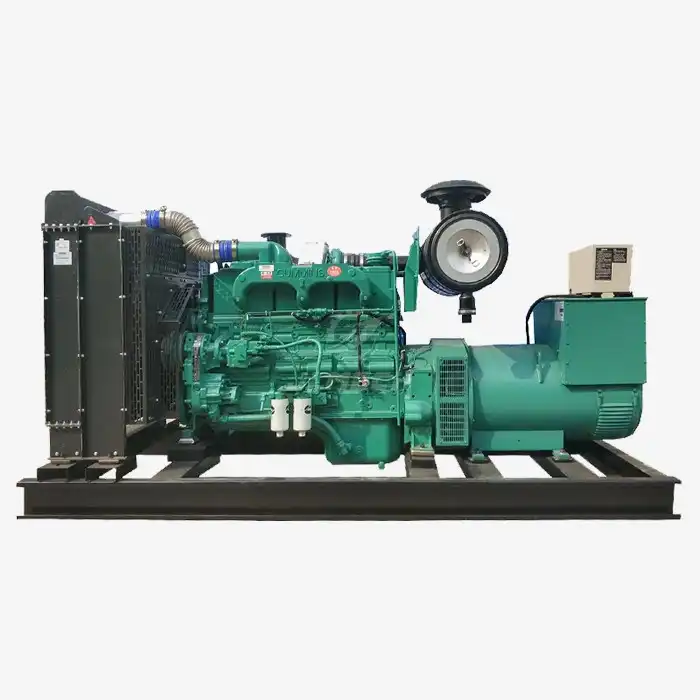 VIEW MOREOff grid generator set
VIEW MOREOff grid generator set VIEW MOREIndustrial application diesel generator
VIEW MOREIndustrial application diesel generator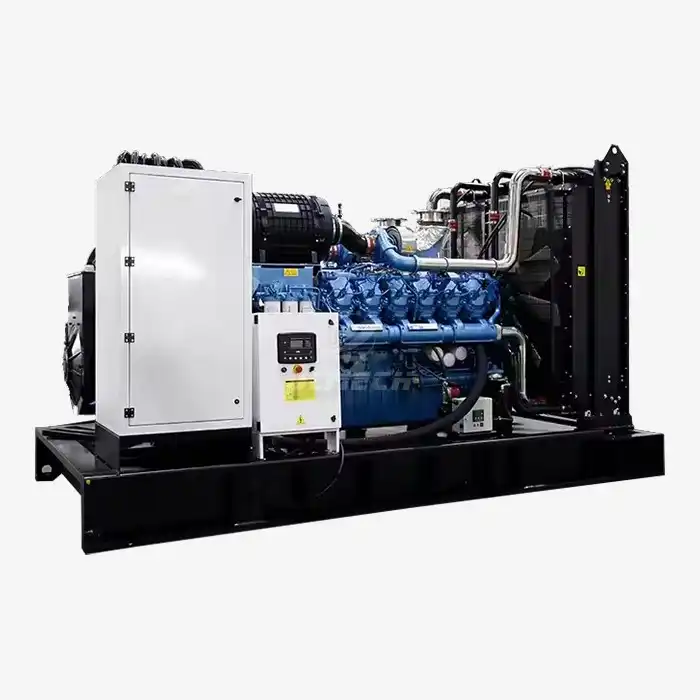 VIEW MOREAutomatic Start Diesel Generator
VIEW MOREAutomatic Start Diesel Generator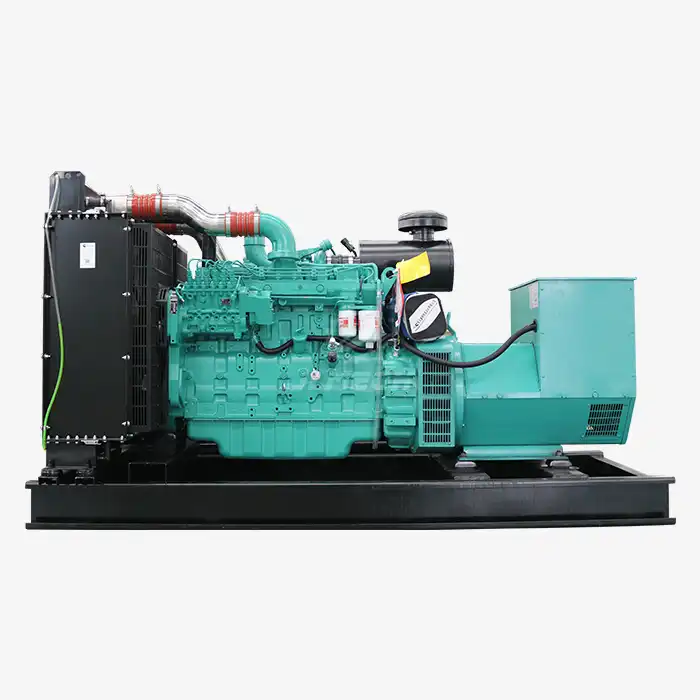 VIEW MORETDi-Turbodirect injector diesel engine generator
VIEW MORETDi-Turbodirect injector diesel engine generator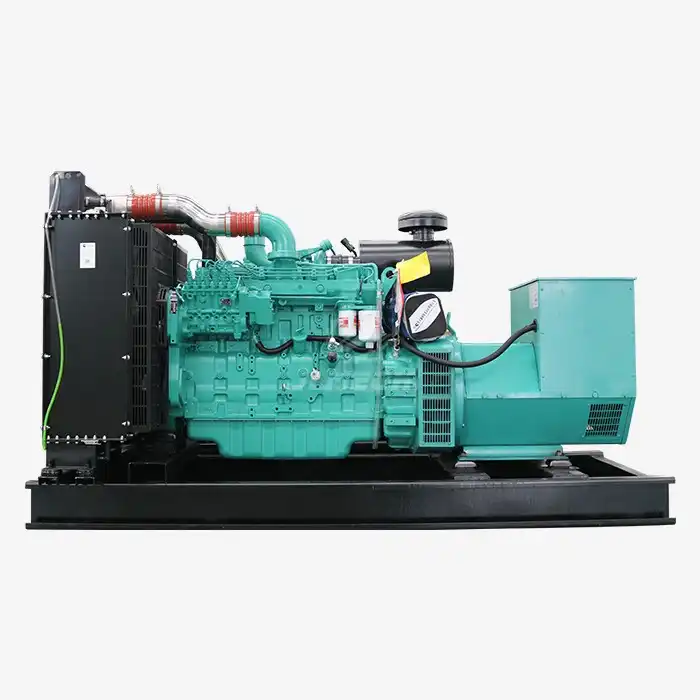 VIEW MORESilent water-cooled generator
VIEW MORESilent water-cooled generator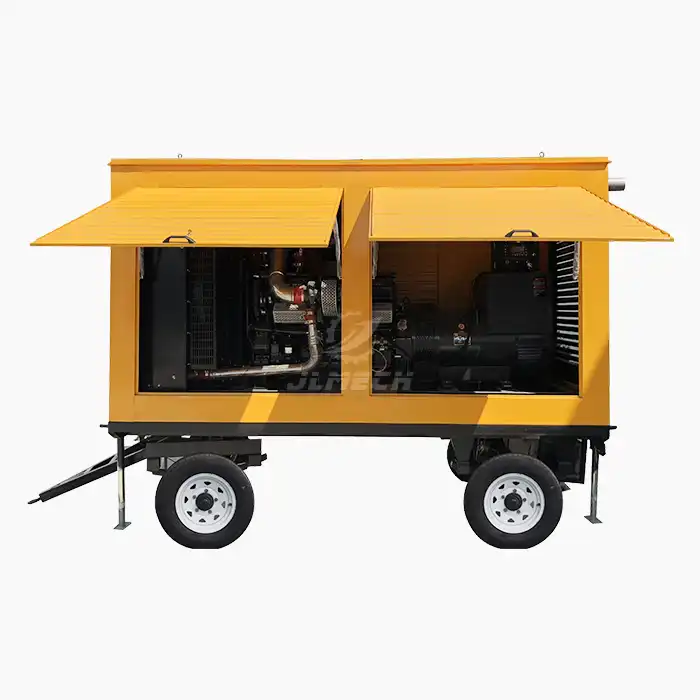 VIEW MOREportable mobile power station
VIEW MOREportable mobile power station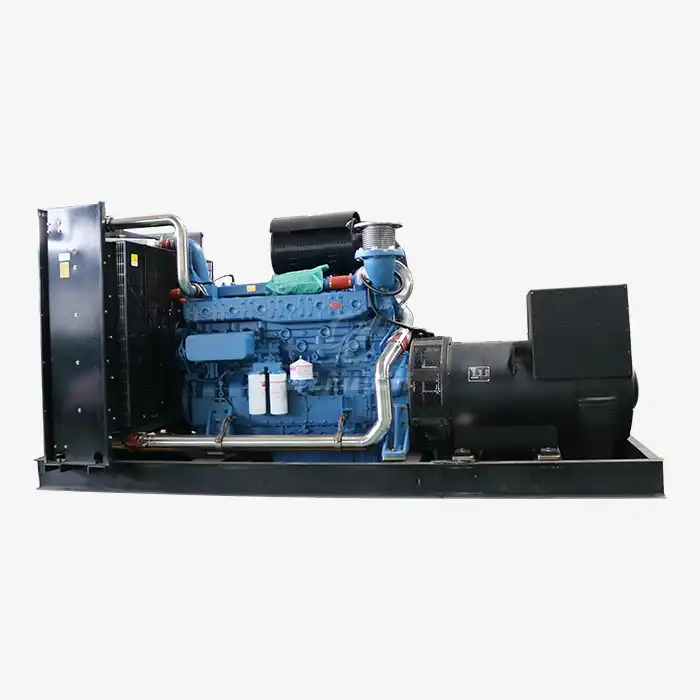 VIEW MOREdiesel generator yuchai 80kva
VIEW MOREdiesel generator yuchai 80kva



